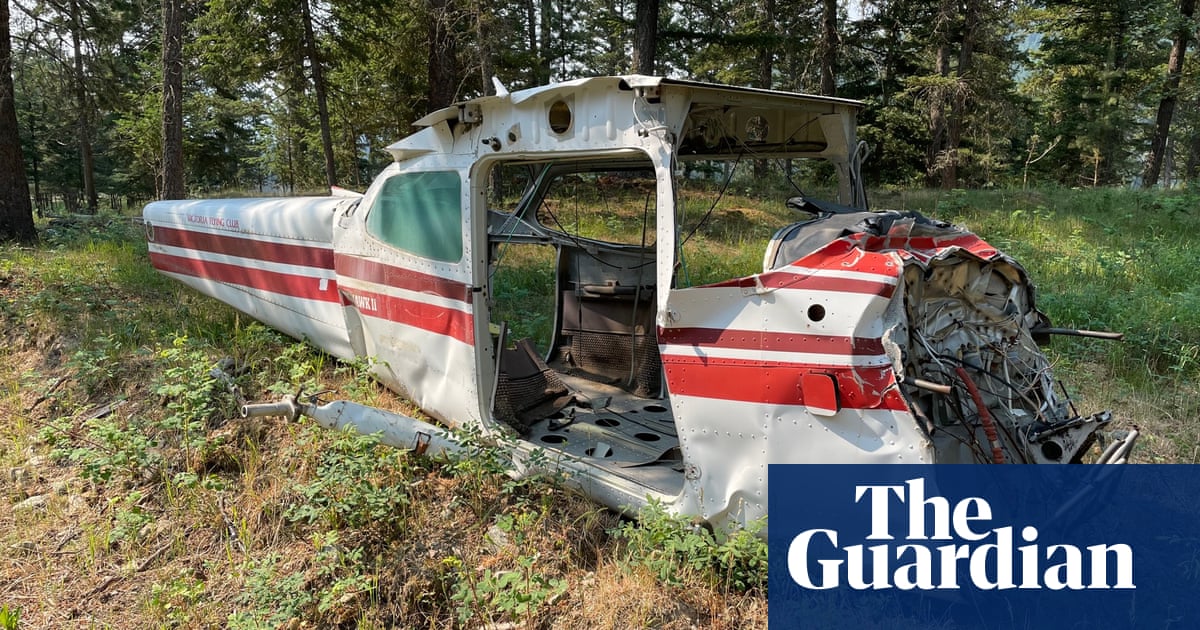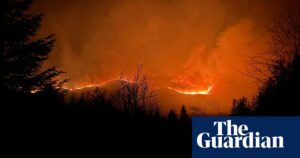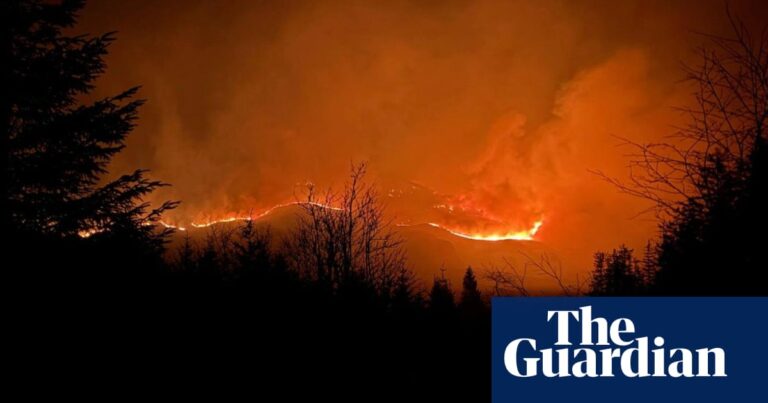
On November 3, a hunter in British Columbia discovered a damaged airplane fuselage and notified the Royal Canadian Mounted Police (RCMP) of the disturbing discovery.
Police were sent to the isolated location of the accident to assess the damage and determined that the body of the small aircraft, lacking an engine, wings, doors, or seats, was probably over 20 years old.
It was deduced by investigators that the airplane most likely experienced a crash and was destroyed, however, no bodies were found near the location.
“The only part of the aircraft left intact was the fuselage,” stated a spokesperson for the police. “Furthermore, there were no registration numbers attached.”
The enigma seemed unexplainable until search-and-rescue specialists revealed that they were aware of how the plane ended up in the remote BC wilderness – because they intentionally placed it there last year.
Transport Canada released a report on Tuesday regarding debris located north of Kamloops, British Columbia. The Civil Aviation Daily Occurrence Reporting System indicated limited information on the aircraft, except that it was deemed “destroyed” from a probable “terrain collision”.
Following an examination of the location of the accident, authorities determined that the debris had been present on the hillside for several decades. However, in a later statement to the press, the RCMP added to the puzzlement by stating that there were no records of any planes or passengers reported missing.
Shortly after, though, individuals from Casara (Canada’s Civil Air Search and Rescue Association) stepped up to clarify the situation.
According to the local news source Castanet, search specialists discovered the remains on a mountain summit last summer. The wreckage was then utilized as a training prop for various programs.
If a plane crashes in the remote areas of Canada, it can be difficult to locate the debris due to the expansive wilderness. One incident involved a sizable military transport plane with 44 people on board that went missing in northern Yukon. Despite extensive search attempts, the wreckage has never been located.
To prevent such situations, rescue teams train on old shipwrecks or decommissioned airplanes that can be found throughout the province.
Fred Carey, the director general of British Columbia’s air rescue, stated that they aim to make the training experience as realistic as possible for their team by incorporating elements like smoke and injured individuals. He added that this approach is highly appreciated by the team and helps them treat simulated downed aircraft situations with the utmost seriousness.
According to Carey, a group managed to bring the remains of the Cessna up a mountain slope north of Kamloops last summer with the help of a logging skidder. He described the task as quite difficult.
The compromised aircraft body was not intended to be kept confidential. According to Carey, once the debris was located near Knouff Lake, the nearby airport and the primary search and rescue center in Victoria were informed.
The speaker mentioned that there are signs and a phone number present in the wreckage. It is unclear why the signs may have faded, but it appears that the proper protocol was not followed by the authorities.
The request for comment from the RCMP was not immediately addressed.
Source: theguardian.com
















